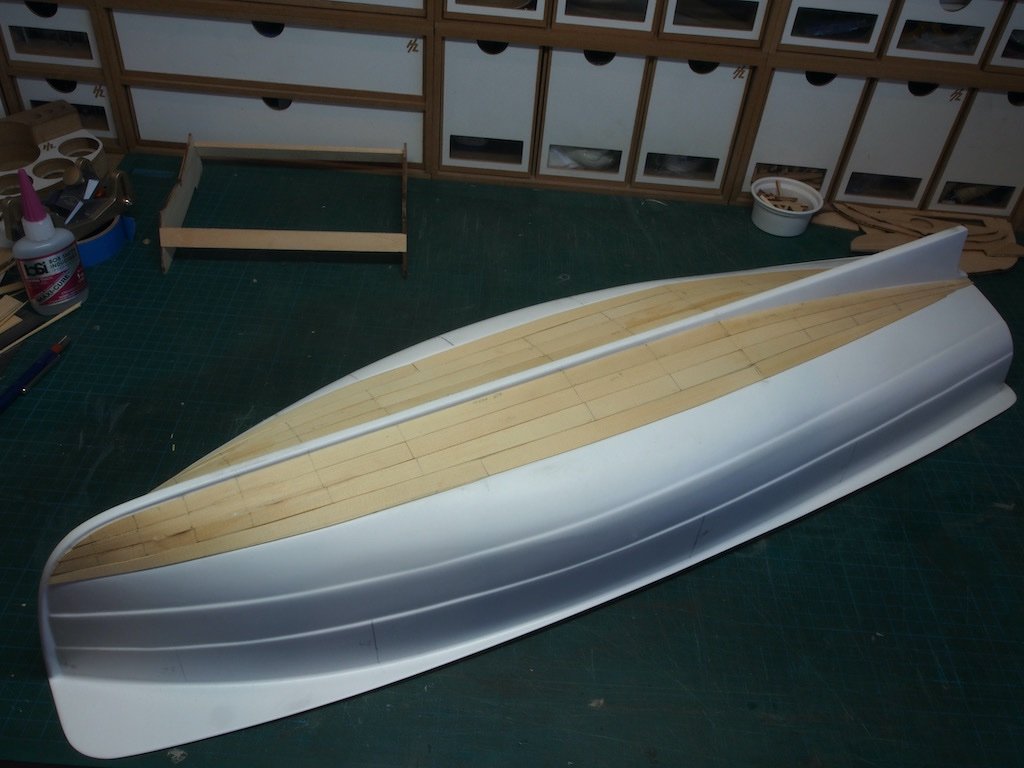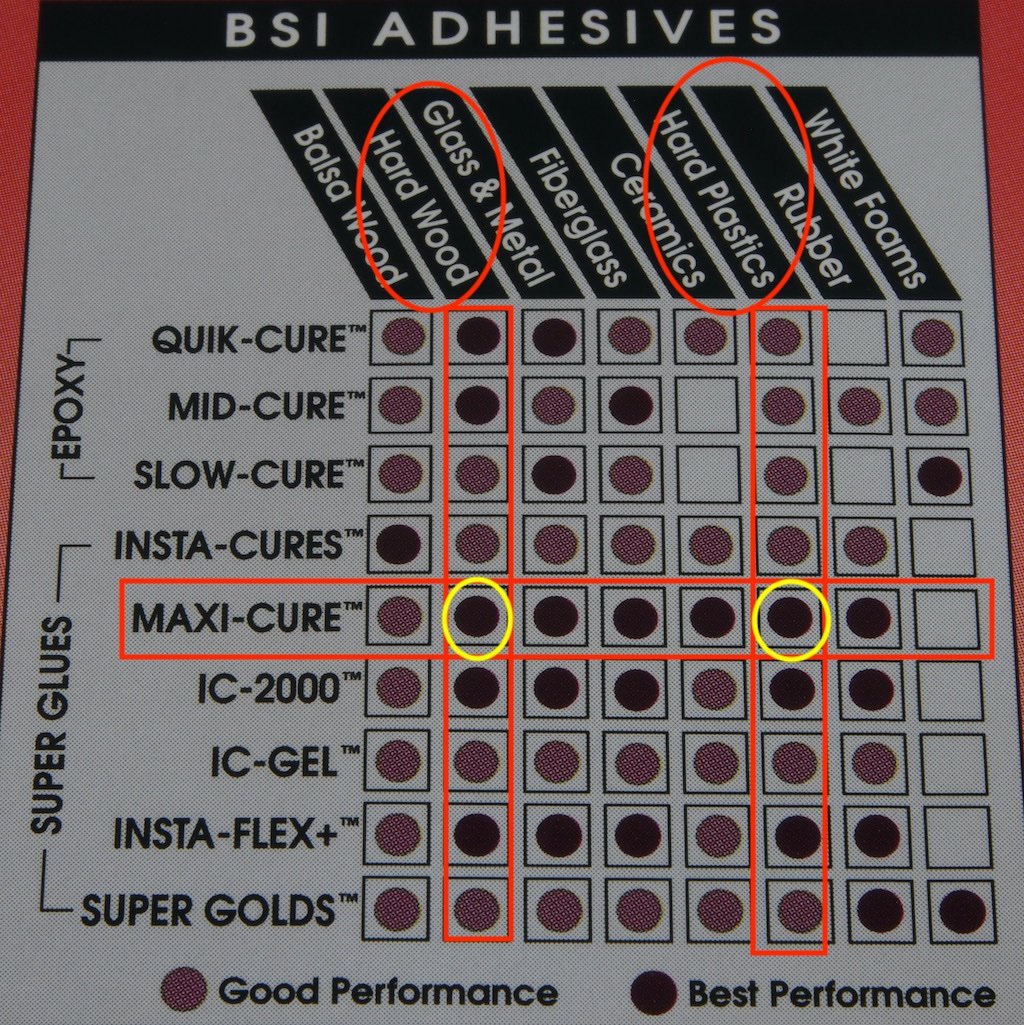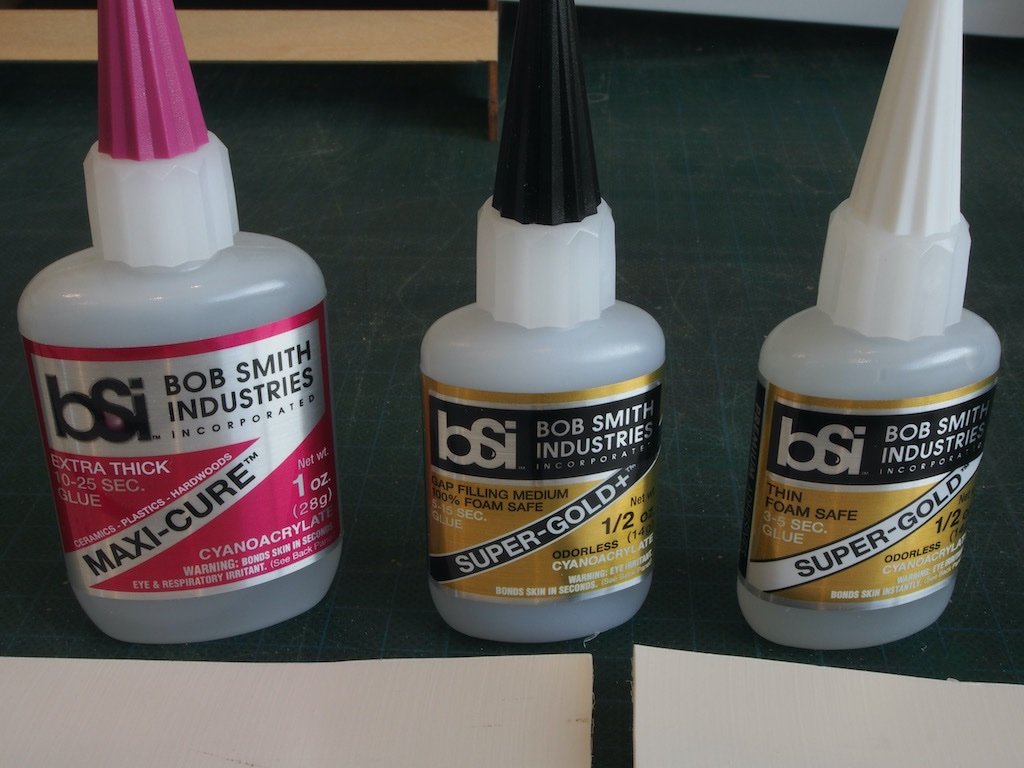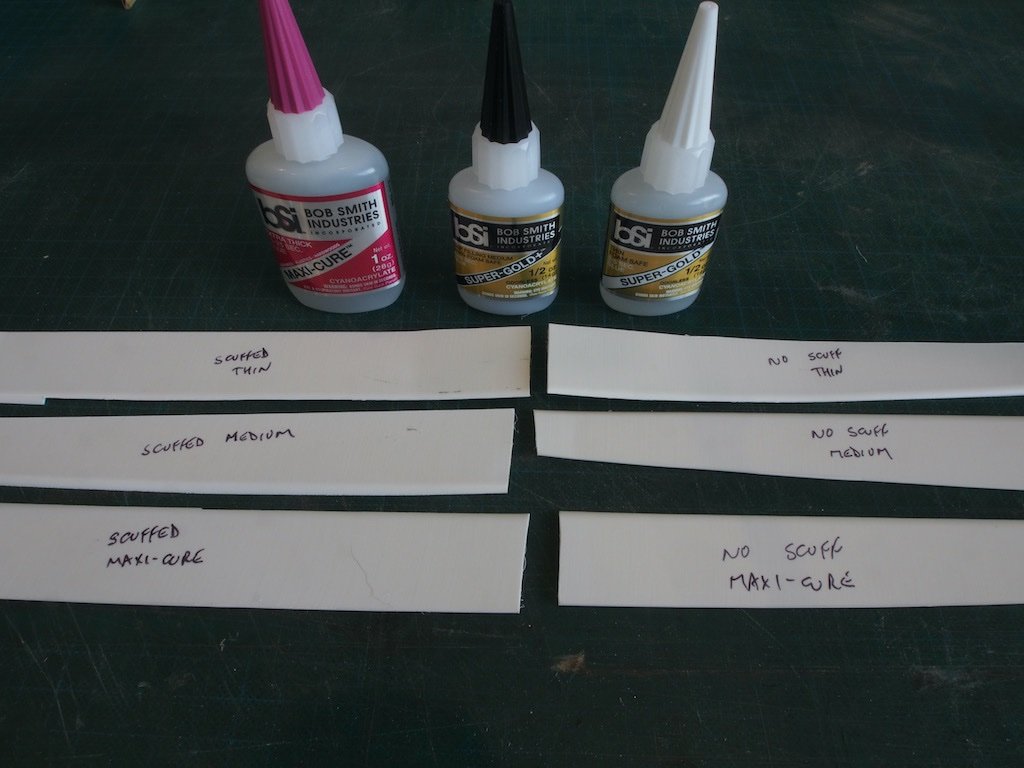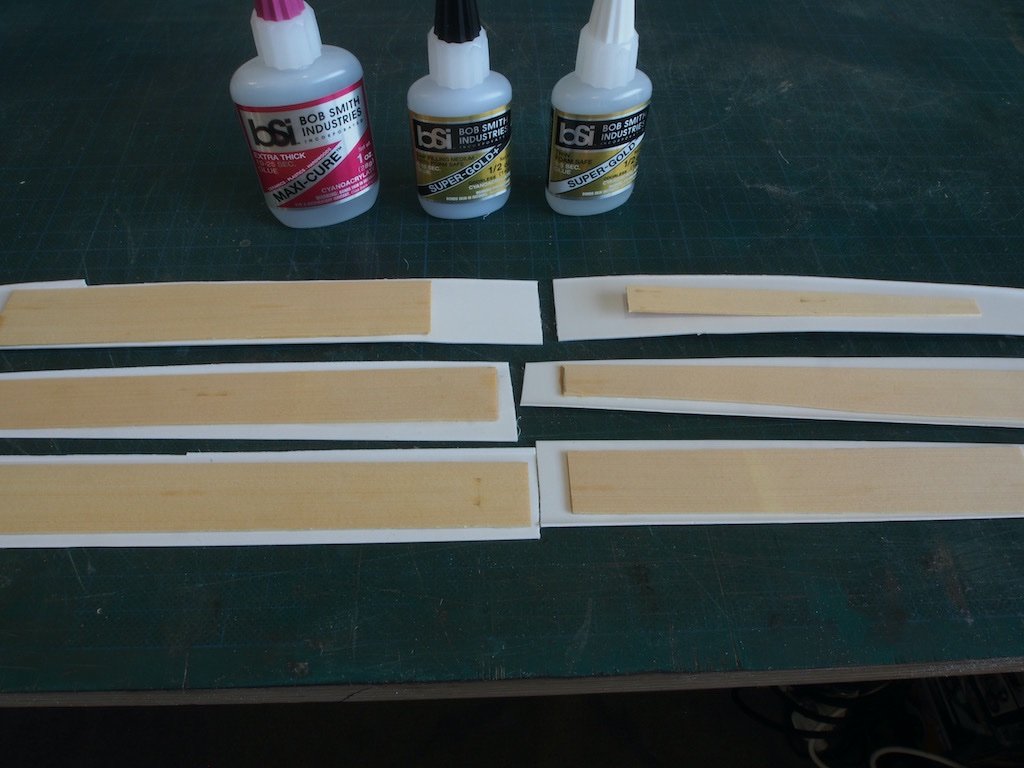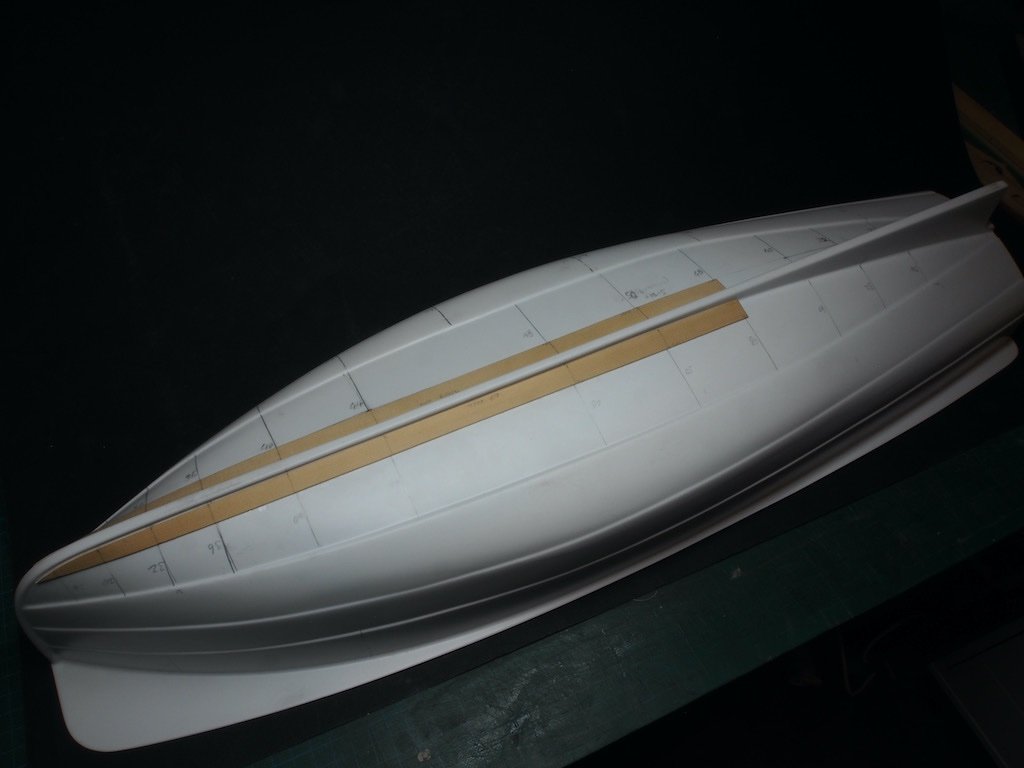-
Posts
4,888 -
Joined
-
Last visited
Content Type
Profiles
Forums
Gallery
Events
Everything posted by gjdale
-
Just thinking out loud here Chuck, but since you have done all of the design work and presumably all of the laser cutting is a “file”, would it not be possible to produce the POF kits “to order”? That would mean that you wouldn’t need to keep an inventory of either kits or raw material in stock until someone placed an order - that order being on the understanding that there would be a certain lead time before the kit was ready for dispatch. And if the cost of materials goes up, then so does the kit price. Just seems to me to be low risk (for you) while providing a degree of certainty for the would-be buyer.
-
Perhaps use a sanding sealer first? That should overcome the issue. A very light sand afterwards will give you a nice base to apply the paint.
- 536 replies
-
- Quadrireme
- radio
-
(and 1 more)
Tagged with:
-
Despite some obstacles to overcome Ian, this is still very cool!!!
- 536 replies
-
- Quadrireme
- radio
-
(and 1 more)
Tagged with:
-
Congratulations on completing yet another outstanding build Glen. I can't wait to see what's next.
- 290 replies
-
- Quinquereme
- Finished
-
(and 1 more)
Tagged with:
-
I would not worry about that Glen. It simply shows the tidal range. My advice is to “embrace the creep”.
- 290 replies
-
- Quinquereme
- Finished
-
(and 1 more)
Tagged with:
-
Great job on the water and colour transition Glen. That looks superb.
- 290 replies
-
- Quinquereme
- Finished
-
(and 1 more)
Tagged with:
-
Amazing work Ian. Congratulations on achieving a successful first sea trial. I wonder if you really need to increase the oar blade size though - with an extra bank of oars, would the speed actually look about right for the scale?
- 536 replies
-
- Quadrireme
- radio
-
(and 1 more)
Tagged with:
-
Love the cows Glen. Now all you need is to add a BBQ on the grassed area and invite the cows over for dinner………
- 290 replies
-
- Quinquereme
- Finished
-
(and 1 more)
Tagged with:
-
Looking good Glen. The texture you added to the timber parts is very convincing. Love the cows - from their colouring, it looks like they may be distant cousins of your penguin colony…….
- 290 replies
-
- Quinquereme
- Finished
-
(and 1 more)
Tagged with:
-
Looks great. Congratulations on your retirement - you’ll soon find yourself so busy that you’ll wonder how you ever had time for work!
- 217 replies
-
- medway longboat
- Syren Ship Model Company
-
(and 1 more)
Tagged with:
-
- 290 replies
-
- Quinquereme
- Finished
-
(and 1 more)
Tagged with:
-
Further to Mustafa’s accurate conversions Sjors, I find that a handy approximation to remember is 1/16” = 1.6mm (approx) From there it is easy to work out any other fractional inch (bearing in mind that it is an approximation). So 1/8” is 2 x 1/16” or 2 x 1.6mm = 3.2mm and 1/32” is half of 1/16” or half of 1.6mm = 0.8mm and 1/64” is half of 1/32” or half of 0.8mm = 0.4mm and so on… Hope that is helpful.
-
It seems that my modelling mojo has been having a little holiday of late, however there is some progress to report - albeit little more than "proof of life". I have completed the first band of four strakes of planking per side. Three more bands to go, each of three strakes. I will now move my attention to the Sheer strake and work down from there. The trickiest part will be the final band that contains the turn of the bilge.
- 57 replies
-
- live steam
- radio
-
(and 2 more)
Tagged with:
-
WOW! Just watched all the videos Glen. Either you did some serious editing, or the fight wasn’t as close as you say - looks to me like you had this under control pretty much all the way and had a counter move for everything the model tried! Well played Sir! My advice to you now is…..SDH (Start Drinking Heavily)….after all, you need more empty bottles for your next projects.
- 290 replies
-
- Quinquereme
- Finished
-
(and 1 more)
Tagged with:
-
Ingenious solution to joining the hull halves Glen, but then we’d expect no less from you! Can’t wait to see this go into the bottle.
- 290 replies
-
- Quinquereme
- Finished
-
(and 1 more)
Tagged with:
-
You are indeed a very wise man Glen! And she clearly has good taste.
- 290 replies
-
- Quinquereme
- Finished
-
(and 1 more)
Tagged with:
-
Great work on the deckhouse Tim.
- 72 replies
-
- Seguin
- BlueJacket Shipcrafters
-
(and 2 more)
Tagged with:
-
I'm sure many of us would be interested Mike.
- 47 replies
-
- Fubbs
- Weasel Works
-
(and 1 more)
Tagged with:
-
A few distractions have kept me out of the shipyard lately, but progress has been made. Time for a minor update to show "proof of life". I had been pondering the selection of glue for attaching the AYC planks to the ABS hull. In my LHS, I came across this chart from Bob Smith Industries. As can be seen, there is a happy intersection for both Hardwood and Hard Plastics with the Maxi-Cure Superglue, showing up as “Best Performance” in the chart. As I needed to replenish some other glues as well, I decided to do a comparative test with both a Thin and a Medium Odorless “Super-Gold” (both listed as “Good Performance” in the chart). My test comprised using some scraps of the ABS (from cutting the vertical waste section away from the hull) and some scraps of AYC. The guy in the LHS suggested scuffing the ABS with some coarse sandpaper first, so I incorporated both scuffed and un-scuffed into the trial. The glue was applied, and the pieces were left lightly clamped overnight. The results were quite impressive. The only real failure was the “Thin” Super-Gold. All other glues held and there was no discernible difference between scuffing the ABS and not scuffing it. On the strength of that test, I was happy to proceed using the Maxi-Cure without scuffing. Contrary to my previous post, I decided that prior to installing the internal supports, it would be useful to attach the Sheer plank while the excess horizontal ABS was still in place so that it could be used as a reference. The excess could then be trimmed off, which would make clamping the internal supports easier. I also decided that it would be easier to attach the Garboard and at least the first (lower) band of hull planks before attaching the Sheer. The ABS formed hull has moulding lines that I will use as de facto “bands” for planking. The maximum width of most of these is about 42mm, so I have ripped my AYC boards into 14mm widths, meaning that there will be three planks in all of the “bands” bar one, which will receive four planks. I was then able to do a form of lining off by marking on the ABS hull where each band narrowed to a convenient measurement - ie a multiple of three (or four) as appropriate. These marks can now be transferred to the planks to assist with tapering. I’m using a small block plane to taper the planks, and this is proving to be both easy and quick. In the picture below, the forward end of the Garboard plank has been tapered and shaped. A small travel iron was used to create some preliminary bend, and then the Maxi-cure glue applied to the plank. It was only necessary to apply finger pressure for a few seconds while the glue grabbed. Given that I’m making it up as I go along, I’m happy with how that one went, so will continue with this method.
- 57 replies
-
- live steam
- radio
-
(and 2 more)
Tagged with:
About us
Modelshipworld - Advancing Ship Modeling through Research
SSL Secured
Your security is important for us so this Website is SSL-Secured
NRG Mailing Address
Nautical Research Guild
237 South Lincoln Street
Westmont IL, 60559-1917
Model Ship World ® and the MSW logo are Registered Trademarks, and belong to the Nautical Research Guild (United States Patent and Trademark Office: No. 6,929,264 & No. 6,929,274, registered Dec. 20, 2022)
Helpful Links
About the NRG
If you enjoy building ship models that are historically accurate as well as beautiful, then The Nautical Research Guild (NRG) is just right for you.
The Guild is a non-profit educational organization whose mission is to “Advance Ship Modeling Through Research”. We provide support to our members in their efforts to raise the quality of their model ships.
The Nautical Research Guild has published our world-renowned quarterly magazine, The Nautical Research Journal, since 1955. The pages of the Journal are full of articles by accomplished ship modelers who show you how they create those exquisite details on their models, and by maritime historians who show you the correct details to build. The Journal is available in both print and digital editions. Go to the NRG web site (www.thenrg.org) to download a complimentary digital copy of the Journal. The NRG also publishes plan sets, books and compilations of back issues of the Journal and the former Ships in Scale and Model Ship Builder magazines.







